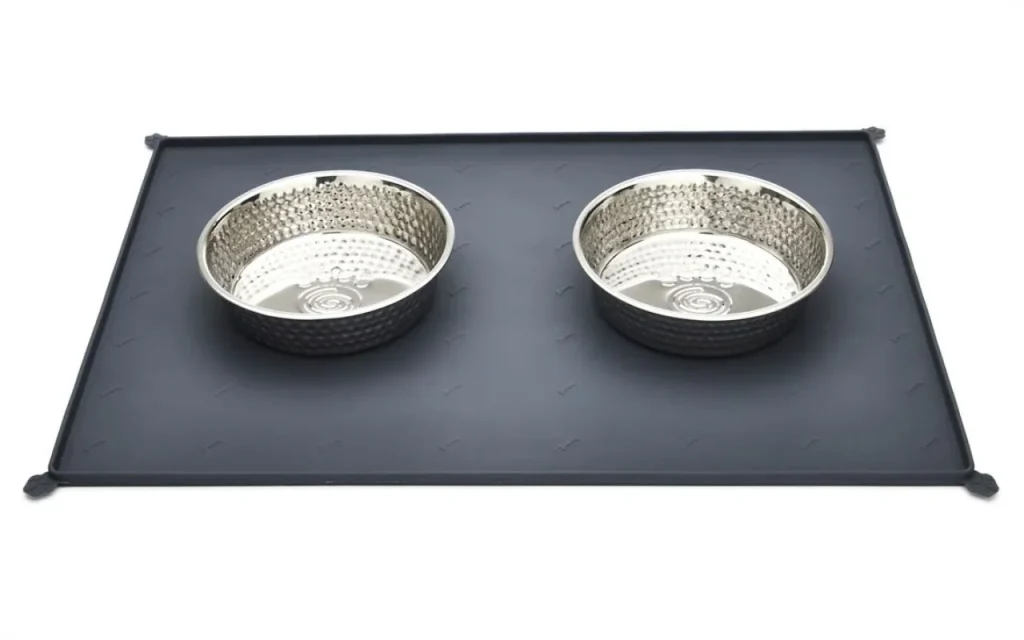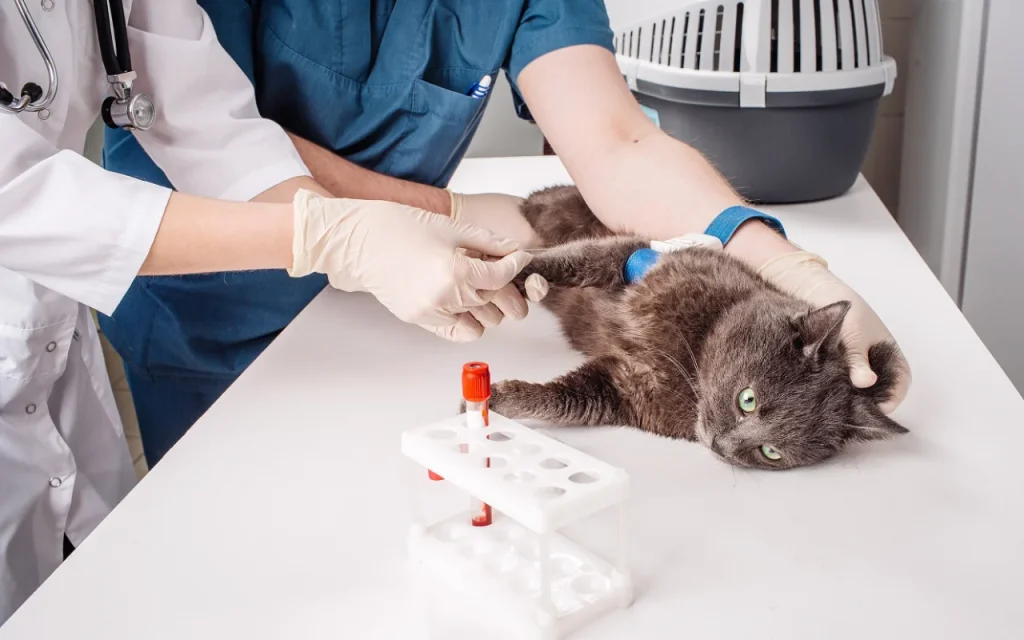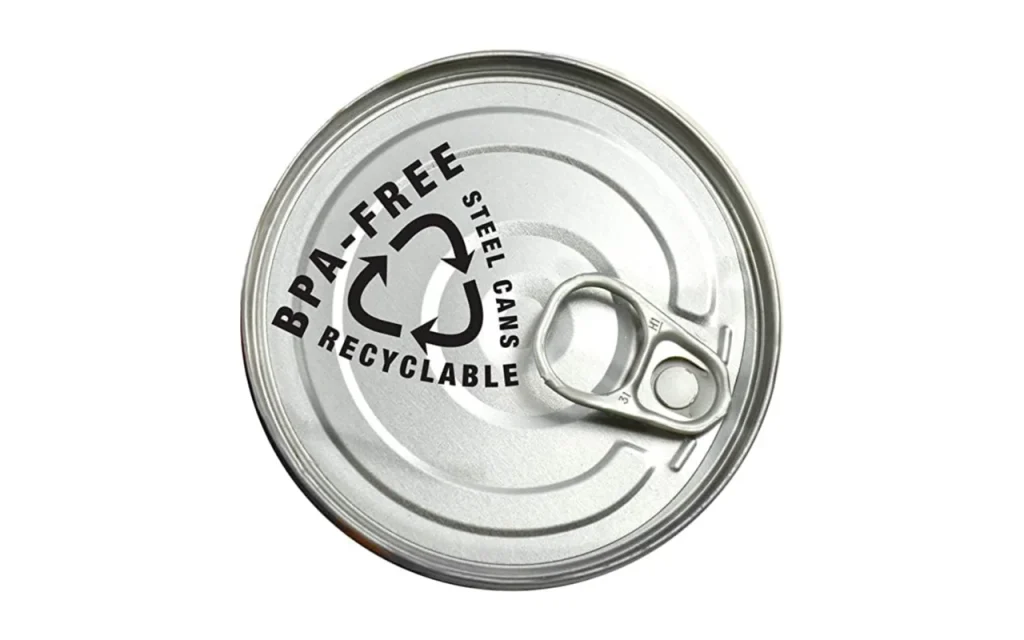5 Ways to Reduce Your Cat’s Risk of Hyperthyroidism
1. Choose the Right Diet (Watch Iodine Levels)

Excessive or inconsistent iodine in your cat’s diet may be linked to thyroid dysfunction.
Vet Tip:
Feed a high-quality, balanced cat food that meets AAFCO standards, and avoid overuse of fish-based canned diets, which may be higher in iodine or contaminated with environmental toxins.
2. Minimize Exposure to Chemicals and Toxins

Household chemicals and flame retardants (PBDEs) are suspected environmental contributors to hyperthyroidism.
Vet Tip:
Avoid spraying chemical cleaners near food and water bowls. Use unscented, natural cleaning products where possible, and store food in glass or stainless steel containers—not plastic.
3. Use Ceramic or Stainless-Steel Bowls

Plastic bowls can leach chemicals and harbor bacteria that may disrupt hormonal balance or irritate your cat’s system.
Vet Tip:
Switch to ceramic, stainless steel, or glass bowls for food and water—and clean them daily.
4. Regular Vet Checkups & Bloodwork

The earlier hyperthyroidism is caught, the better your chances of managing it effectively.
Vet Tip:
Schedule annual exams and blood panels for cats over 7, and every 6 months for cats over 10. These help monitor thyroid function and catch abnormalities early.
5. Feed from BPA-Free Cans (or Switch to Dry or Homemade Options)

BPA (bisphenol A), found in the lining of many canned cat foods, may interfere with endocrine systems and has been linked to hormone imbalances in several species.
Vet Tip:
Use BPA-free labeled cans or consider rotating with quality dry food or home-cooked meals (only with veterinary guidance).
On the Next Page: Find out the signs of feline hyperthyroidism to watch for — and get clear answers to the most common questions cat parents ask.





